The Syntax of Spoken Indian English.
This book offers an in-depth analysis of several features of spoken Indian English that are generally considered as âtypicalâ, but have never before been studied empirically. Drawing on authentic spoken data from the International Corpus of English, Indian component , the book focuses on the domain of discourse organization and examines the form, function and distribution of invariant tags such as isnât it and no/na , non-initial existential there , focus markers only and itself , topicalization and left-dislocation. By focusing on multilingual speakersâ interactions, the study demonstrates conclusively that spoken Indian English bears all the hallmarks of a vibrant contact language, testifying to a pan-South Asian âgrammar of cultureâ which becomes apparent in contact-induced language change in spoken Indian English. The book will be highly relevant for anyone interested in postcolonial varieties of English, contact linguistics, standardization, and discourse-pragmatic sentence structure.
{{comment.content}}
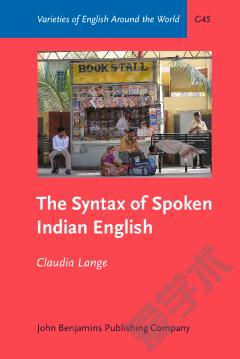
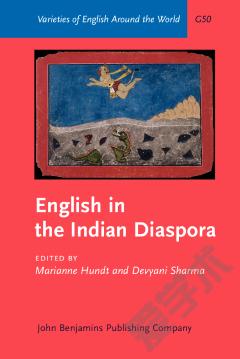
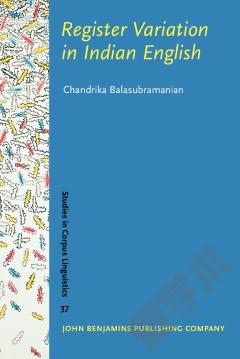
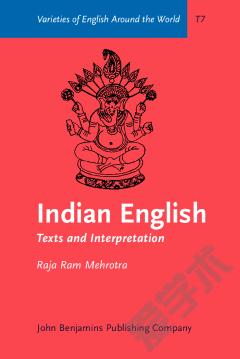
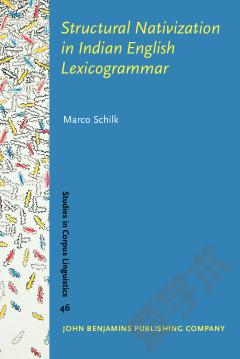



 京公网安备 11010802027623号
京公网安备 11010802027623号